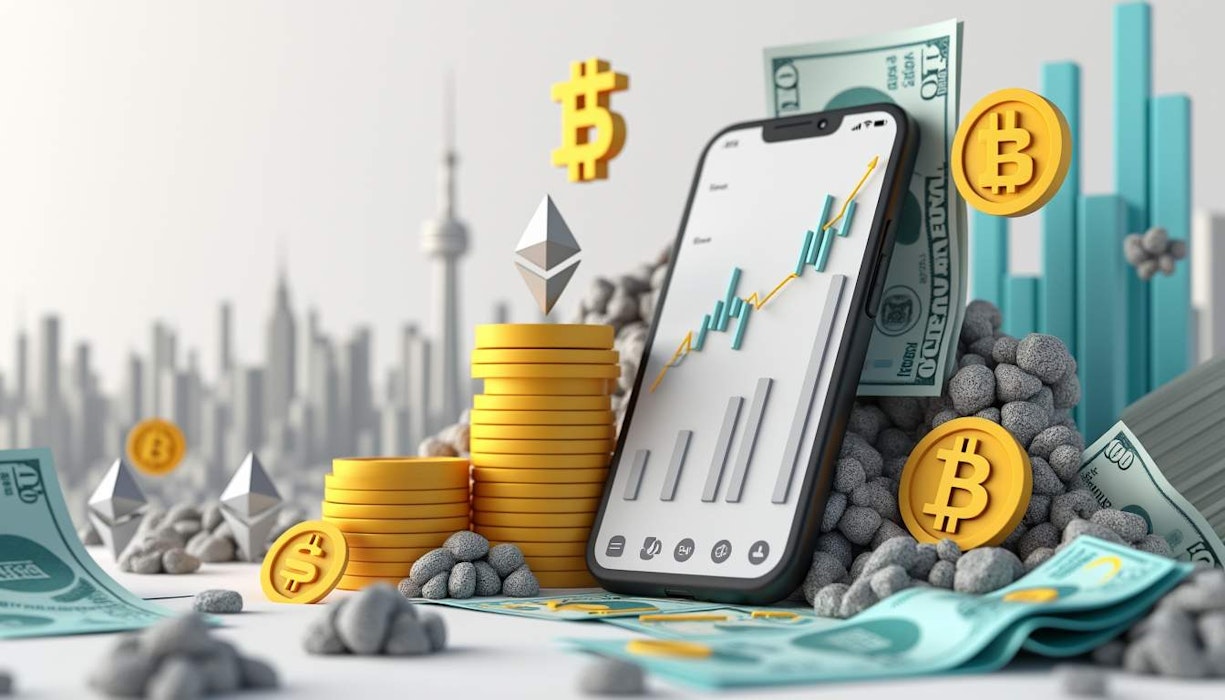What explains the disconnect between the Fed's rate cuts and rising Treasury yields?
The Fed has recently slashed interest rates by 100 basis points, a significant reduction. However, it’s perplexing that the yield on the 10-year Treasury note has risen by an equal amount, now at 4.60%. This disconnect is unprecedented and has left many analysts scratching their heads. Typically, rate cuts lead to lower borrowing costs, yet yields have skyrocketed. What’s going on?
Inflation is the culprit. The 3-month annualized core CPI is nearly at 4%. Other inflation measures, like PCE and PPI, are also extensive. Such sustained inflation stirs the market into action, prompting investors to demand higher yields on long-term bonds to compensate for diminished future purchasing power from interest payments.
How does inflation affect the U.S. stock market and borrower's costs?
The implications of inflation are profound, particularly for the U.S. stock market and borrowing costs. For example, 30-year mortgage rates have recently shot up to 7.10%, up from 6.15% in a mere three months. This increase amounts to an extra $400 monthly on a $420,400 average-priced home. The pressure is palpable.
Yet, bizarrely, the stock market appears to be disregarding inflationary signals altogether. Since Election Day, a staggering $140 billion has flowed into U.S. equities, signaling a bullish attitude despite warnings about inflation and a potential reversal in the Fed's pivot. As we delve deeper into this analysis, one can't help but feel a sense of recklessness. The market seems to be overlooking the looming risks tied to escalating inflation.
What are the repercussions of rising Treasury yields for investors?
The ramifications of rising Treasury yields are complex and multifaceted. On one hand, higher yields make U.S. denominated assets more appealing, especially pertinent for individuals residing in hyperinflationary nations. U.S. Treasury bonds are often viewed as haven assets, a reliable store of value when denominated in a robust currency like the U.S. dollar.
Conversely, soaring yields translate to increased borrowing costs. For instance, mortgage rates have surged, elevating costs for potential homeowners and potentially stalling the housing market. Additionally, rising yields can bolster the U.S. dollar's strength, impacting international trade dynamics by making U.S. exports pricier.
How is inflation and market sentiment shaping the outlook for 2025?
Inflation is spurring a rapid shift in investor expectations for 2025. Not long ago, market analysts envisaged four rate cuts throughout the year. The sentiment now is a mere two cuts, with a hefty 21% chance that the Fed may not cut rates at all. The first anticipated cut is not expected until May 2025, a distant prospect indeed.
Such uncertainty breeds volatility in stock market activity. This week's jobless claims have hit 219,000, just slightly below the previous week’s figures and under the 225,000 forecast. However, in a contrasting twist, continuing claims, which tend to lag a week behind, rose to 1.91 million. This figure is the highest observed since November 2021. The conflicting labor market data adds yet another layer to this chaotic economic outlook.
What strategies might investors adopt in this tumultuous environment?
Navigating the current economic landscape requires astute strategies. Here are some that could be beneficial:
Diversification as a Shield
Creating a diversified investment portfolio may enhance risk mitigation. Spreading investments among various asset classes like stocks, bonds, and real estate can buffer against any single asset class's poor performance.
Hedging Against Inflation
Investors can employ various strategies to provide a hedge against inflation. Traditionally, commodities, gold, silver, and Treasury Inflation-Protected Securities (TIPS) have performed well during inflationary periods.
Sourcing Stable Investments
For individuals grappling with hyperinflation, investing in stable U.S. Treasury bonds or stablecoins pegged to the dollar (like USD Coin) might preserve the value of their savings. These options offer an alternative to traditional financial instruments.
Financial Contracts as Protection
Freelancers and businesses engaged in international transactions can use financial tools such as forward contracts and currency options to protect against fluctuating exchange rates.
Monitoring Economic Trends
Carefully watching key economic indicators, like inflation rates, unemployment data, and Fed announcements, can yield insights into market behavior. This information allows investors to remain responsive to market changes.
Leveraging Financial Technology
Utilizing modern payment technologies can help streamline the complexities of international transactions. For example, multi-currency accounts or payment platforms might provide predictability in managing international payments.
In Conclusion
This current economic landscape is notably characterized by the dissonance between Fed policies and market reactions, climbing inflation, and fluctuating market expectations. Such turbulence calls for investors to maintain a diversified and informed approach to weather the storm. By absorbing market forces and capitalizing on modern financial instruments, investors can navigate this uncertain financial conduit.
